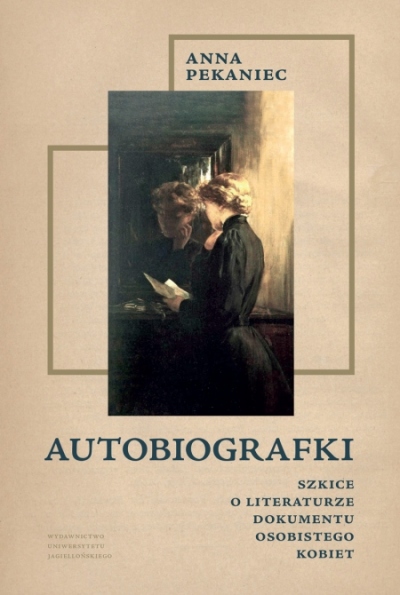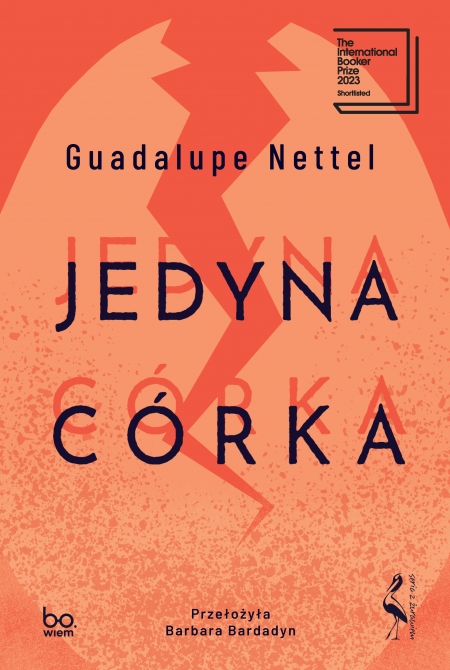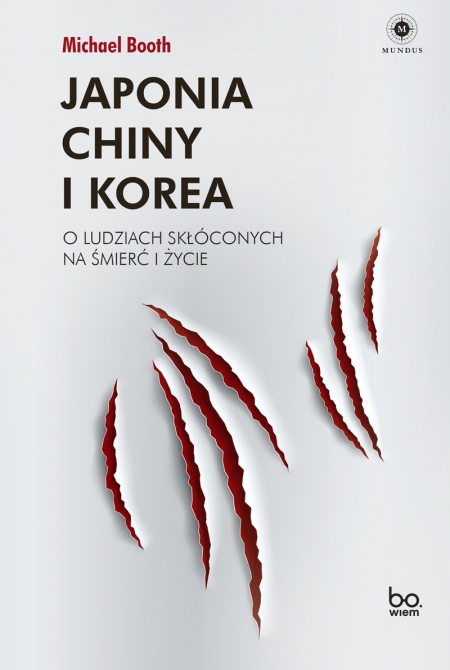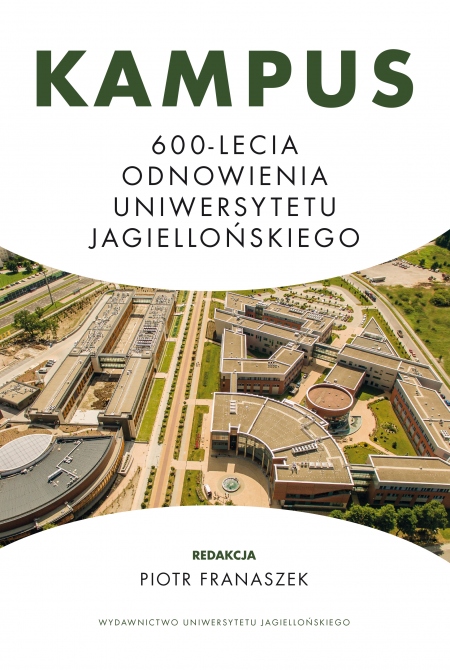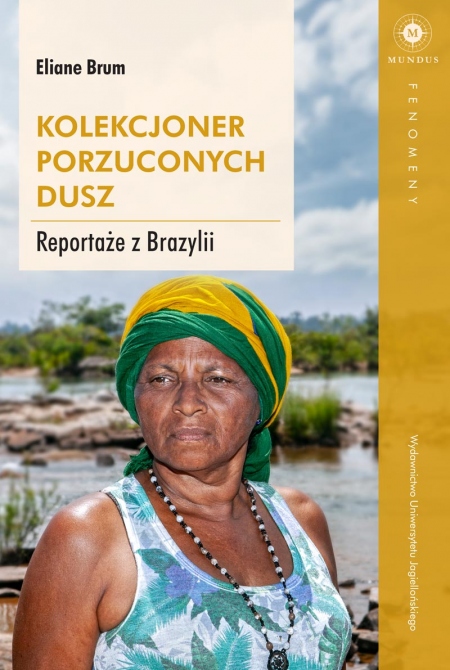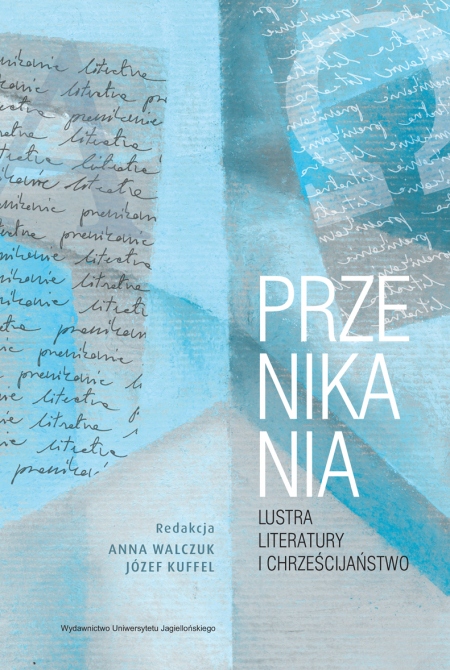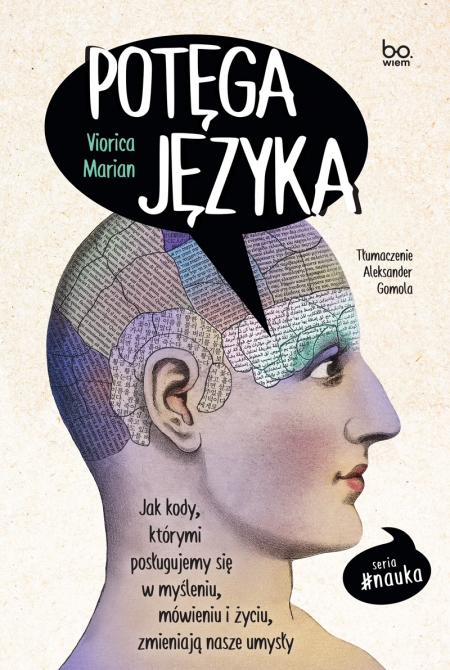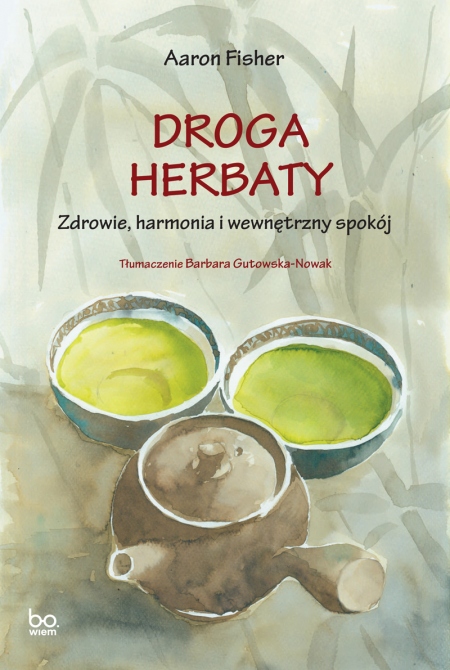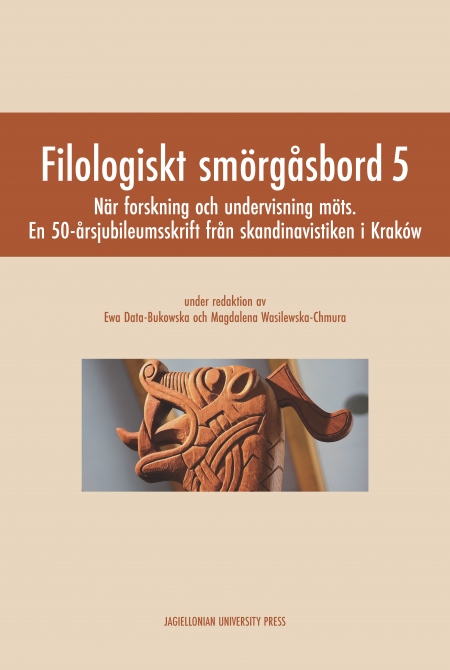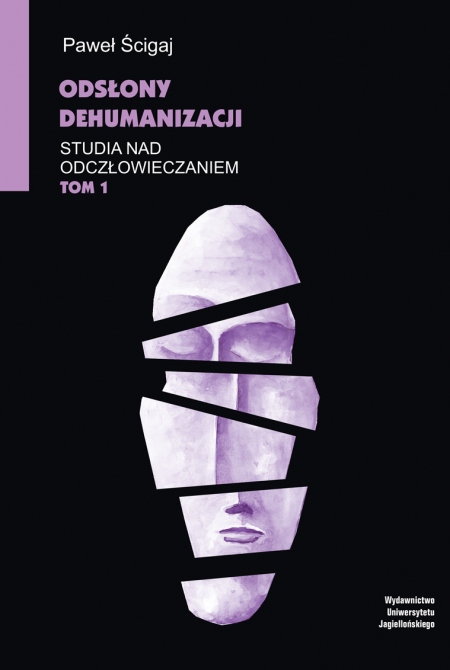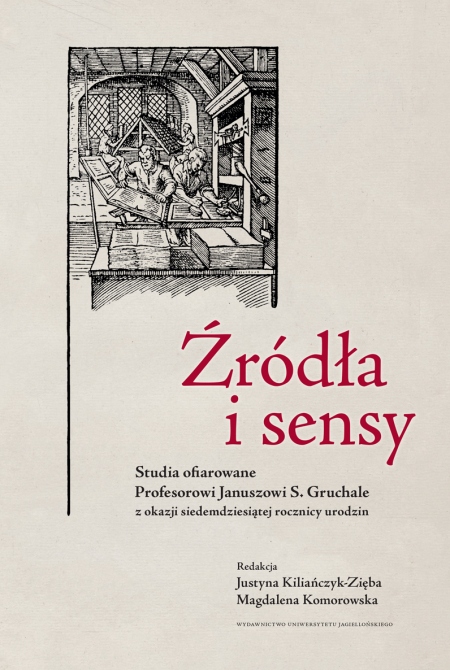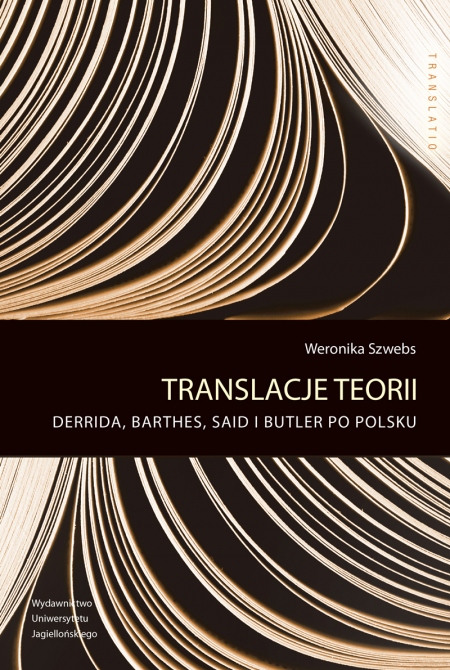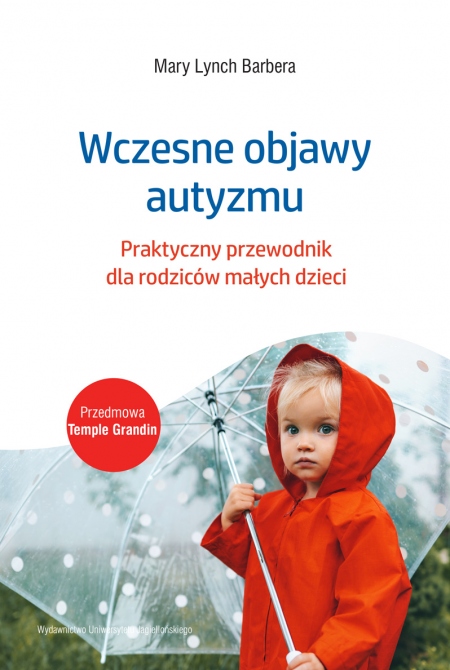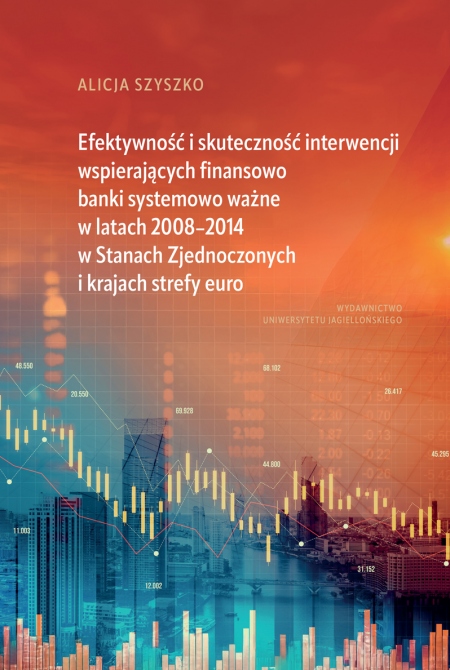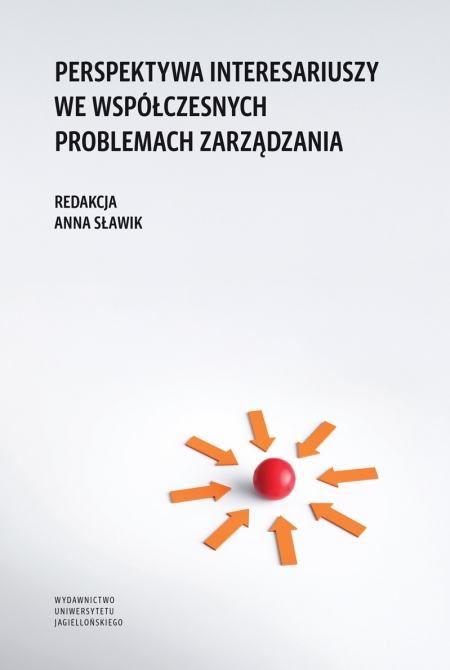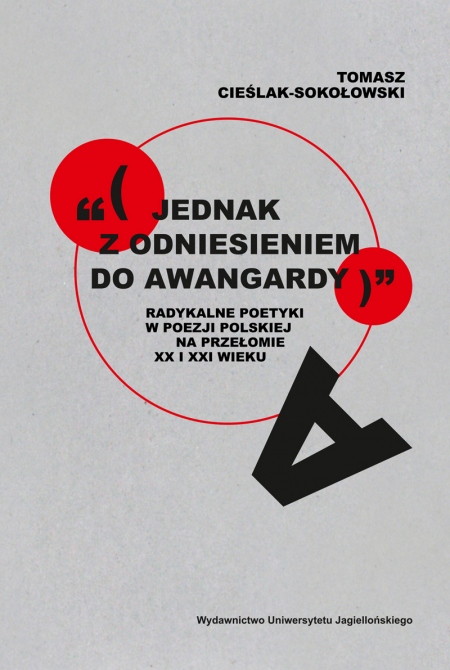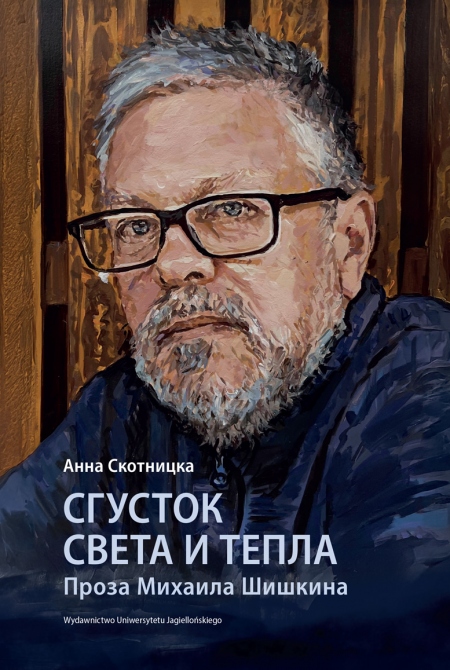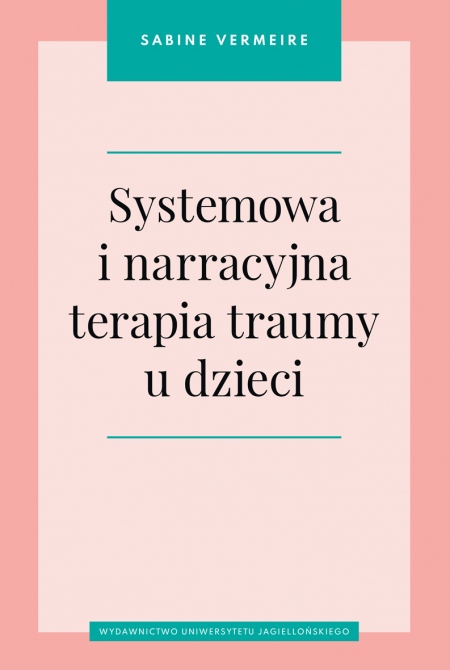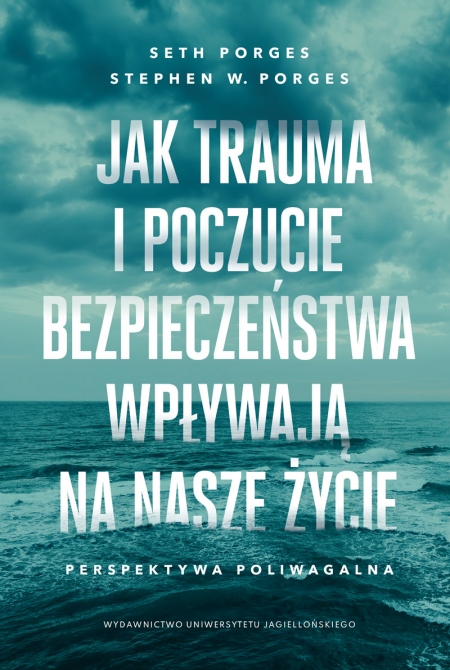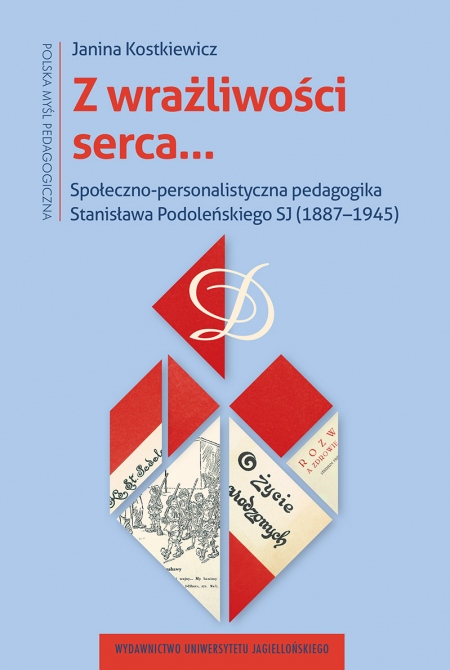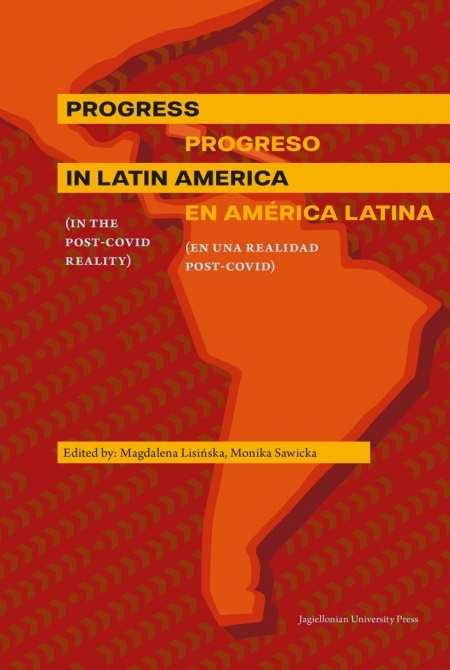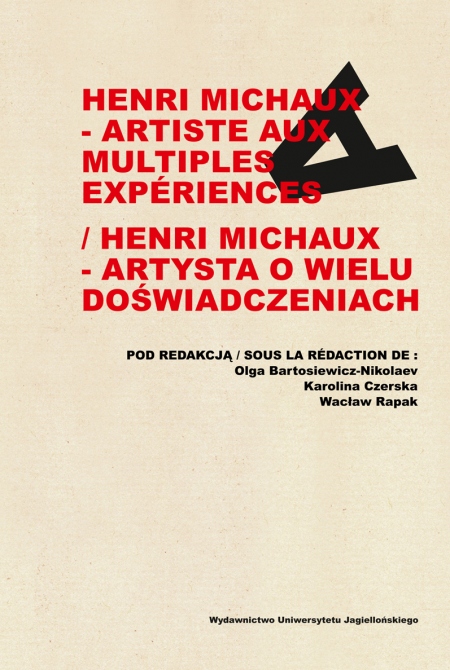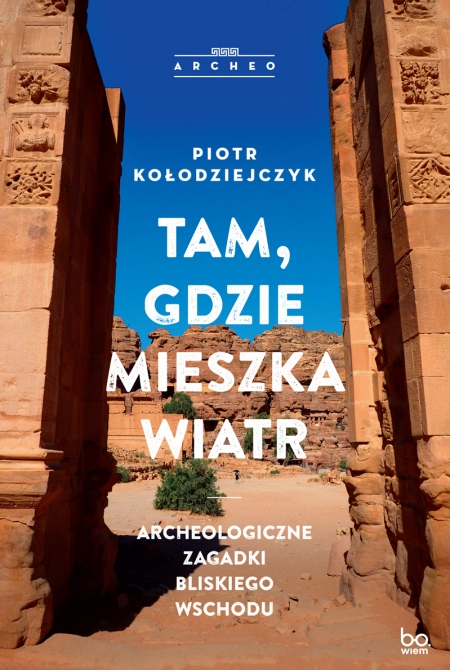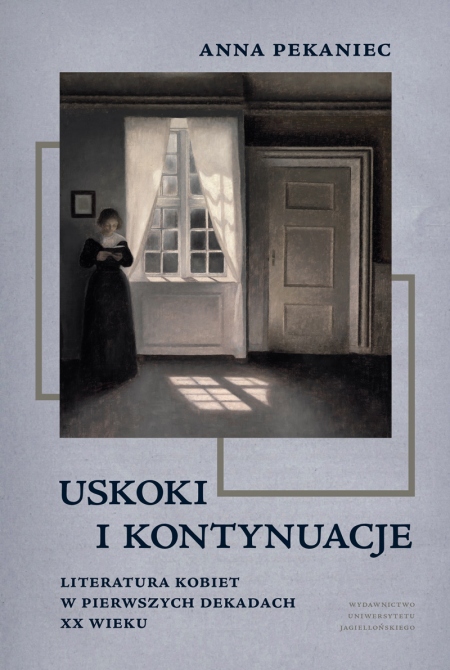
Uskoki i kontynuacje
Literatura kobiet w pierwszych dekadach XX wieku
Pages: 274
Book format: 15x23 cm
Publication date: 2023
Publication date: 14.12.2023
Book description
Fault lines and continuations. Women's Literature in the First Decades of the 20th Century is an attempt to look at literature written by women in Poland in the beginning of XX century untill 1939. It juxtaposes texts by women authors practising either prose or poetry and even drama (often moving between literary genres). The book is divided into sections. The first focuses on drama – beginning with Amelia Hertzówna and her remarkable one-act play dedicated to Yseult with White Hands, Tristan's legitimate wife from one of the most famous stories of forbidden love, going all the way back to the Arthurian legends. Gabriela Zapolska and Maria Morozowicz-Szczepkowska, authors and actresses, met with each other in a comparative rehearsal, pondering what the emancipation of women should consist of. This issue was also important to Zofia Nałkowska. Her three dramas were collected under the banner of herstorical personology. The novels written by Nałkowska in Young Poland – or to be more precise, the vitalism captured in them, understood as a motif of action – are treated as distinct worldview manifestos. In the final part of the monograph focused on poetry, Jadwiga Gamska-Łempicka, an academic who combined in her poetry Young Poland solutions with those of the Skamander and sometimes avant-garde movement, is recalled. The latter were well known to another poet, Anna Świrszczyńska – her debut, in which poems are mixed with poetic prose, is an example of an unusually clear-cut artistic line, sensitive to tradition and not shying away from modern solutions. The list of authors closes with Zuzanna Ginczanka, author of the volume O centaurach, published in 1936. This essay focuses on her poems before her debut, in which the poetic field was marked by a space of significant, repeated identity games. The publication is a hybrid constellation of texts by well-known authors and those somewhat less popular, nevertheless interesting as implementers of consistent literary programmes. The organisational principle proposed by the author – fault lines and continuations – allows us to look at the microhistories of literary activity of women writers contained in the monograph as a space whose map can be drawn from discontinuities and creative references to the past.
Language
Polish
Title in English
Fault Lines and Continuations. Women's Literature in the First Decades of the 20th Century
Edition
first
Authors
Anna Pekaniec

Cover design
Marta Jaszczuk
ISBN: 978-83-233-5290-7
e-ISBN (pdf): 978-83-233-7490-9
Country of producer: Poland
RECOMMENDED BOOKS
NEW BOOKS

Choose chapters to buy:
Order value:
0.00 zł
